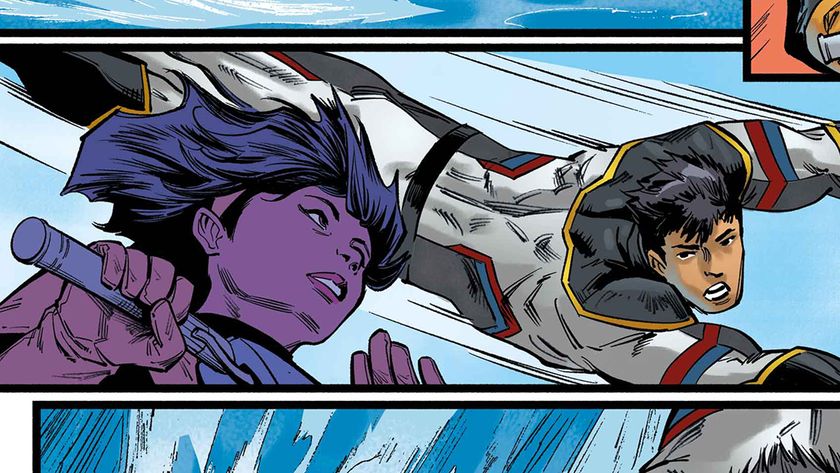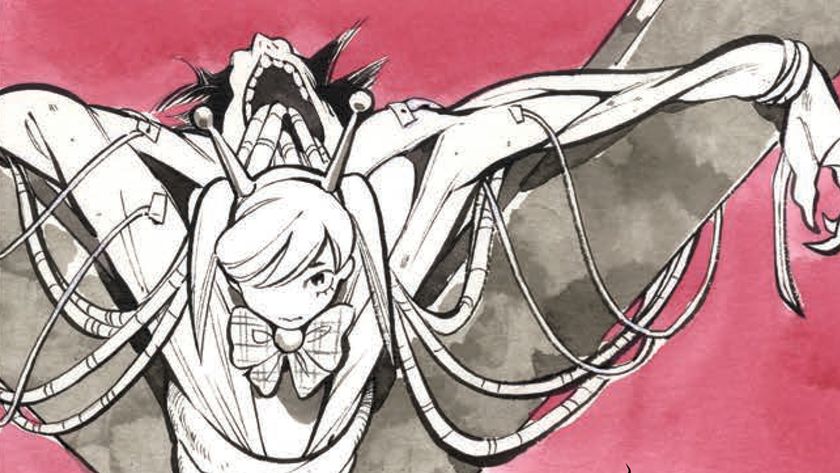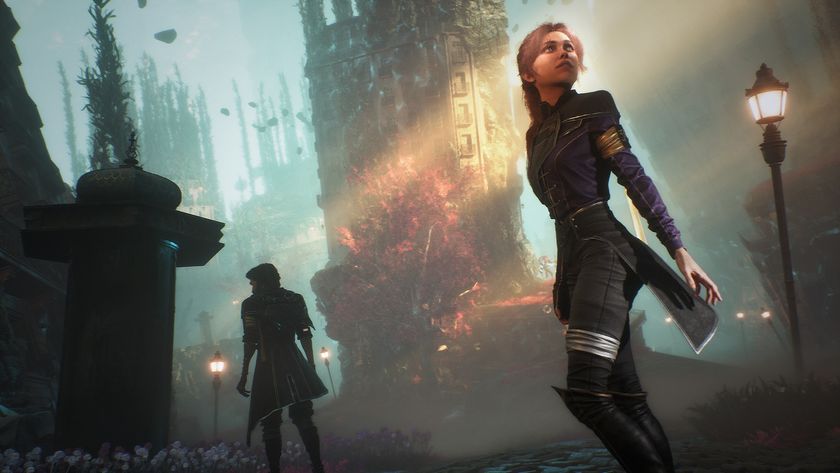Best Spider-Man writers
Amazing friends coming in the form of the best Spider-Man writers
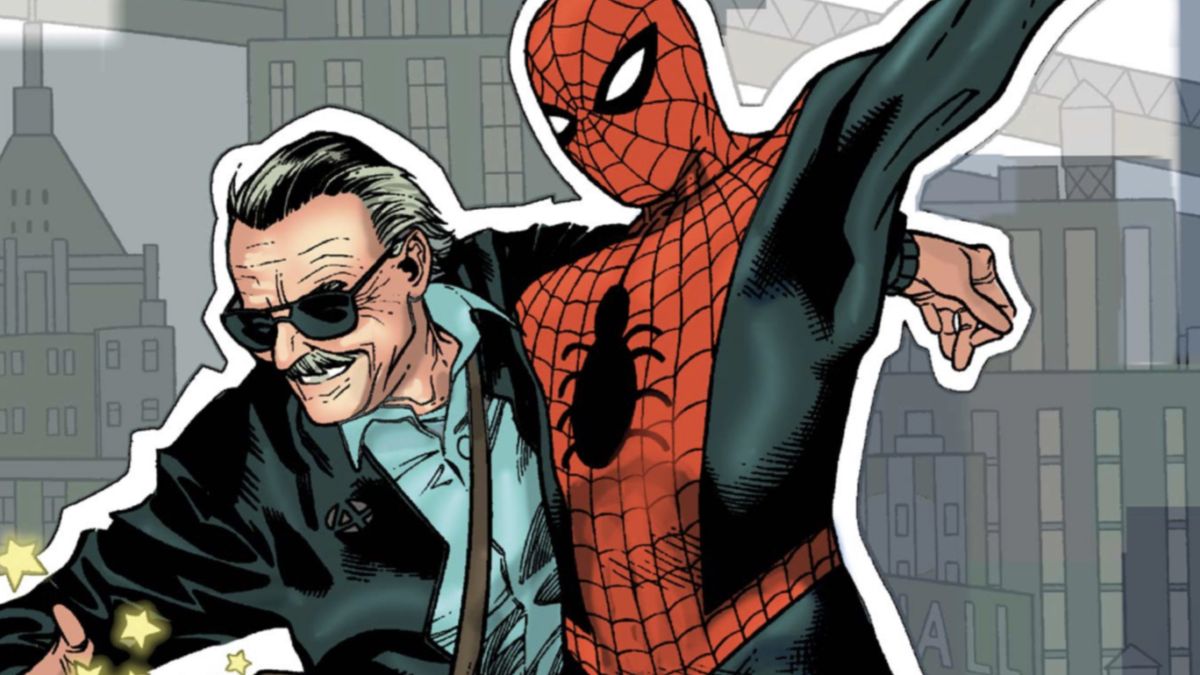
The current volume of Amazing Spider-Man is approaching its conclusion as the title's most recent storyline, 'Spider-Man Beyond', reaches its finale. And with the end of one Amazing Spider-Man volume comes the start of a new one, with a new creative team to boot.
Well, sort of new. Writer Zeb Wells will take on sole writing duties after heading up the 'Beyond Board' writers group that took Amazing Spider-Man weekly for 'Spider-Man Beyond', and was part of the similarly organized 'Spidey Braintrust' back in the weekly 'Brand New Day' era. And he's joined by legendary Spidey artist John Romita, Jr., who has been drawing Spider-Man off and on since the '80s (and whose dad preceded him on the title).
With Wells taking over as sole writer of Amazing Spider-Man - and just in time for Amazing Spider-Man #900 and the wall-crawler's 60th anniversary no less - he's entering the company of Marvel writers who have taken charge of Spidey's adventures.
Will Wells' solo run wind up putting him in the pantheon of the best Spider-Man writers of all time? We'll have to wait and see, but in the meantime, here's how we feel the current list stacks up.
10. Kurt Busiek
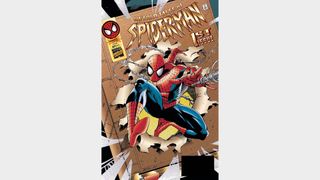
Writer Kurt Busiek’s contributions to Spider-Man may be somewhat lesser-known, but for fans of a certain age, his Untold Tales of Spider-Man title with artist Pat Oliffe was a rare treat at the time – new stories that flashed back to the days of a younger Spider-Man, written with the knowledge of what would come in the stories after.
Untold Tales was one of Marvel's first experiments with an ongoing series set in its past, exploring the bits between the bits readers originally saw. That Busiek's trademark grasp on the wonder and philosophy of superheroes came through the pages in spades helped.
Though Untold Tales is less discussed, Busiek's contribution to the Spider-Man mythos paved the way for a storytelling technique that has become a Marvel Comics staple - and a recurring idea for Spider-Man specifically.
Comic deals, prizes and latest news
Get the best comic news, insights, opinions, analysis and more!
9. J. M. DeMatteis
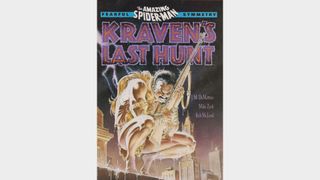
Sometimes all it takes to make a name as a legendary writer for a character is one great story. Case-in-point, J.M. DeMatteis’s work on Spider-Man. That’s not to say DeMatteis' longer Spider-Man writing career doesn't have plenty of good stories, but his 'Kraven’s Last Hunt' is potentially good enough to earn him a spot on this list even without his other work.
'Kraven’s Last Hunt' is indicative of the darker, more psychologically focused tone of DeMatteis' Spider-Man stories, showcasing the gravitas and stakes that the writer would bring to the title in his later extended run. It added weight to an older, less serious villain in a way that was rare at the time, and which set the pace for many Spider-Man stories that followed.
8. Roger Stern
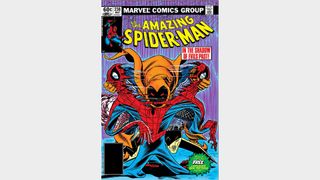
Roger Stern is the man responsible for bringing back the trope of the Spider-Man mystery villain. Back in the '60s, Stan Lee and Steve Ditko established the idea of a masked menace with a secret identity as Spidey's biggest antagonist with the mystery of the Green Goblin (more on that later).
In the '80s, Stern and artist John Romita, Jr. revived the concept with the horrifying 'Hobgoblin Saga', focusing on the eponymous villain who inherited not just Green Goblin's weapons and gimmicks, but also the premise of his identity being secret even from readers.
Stern built a new mystery around the true nature of the Hobgoblin, a villain even more ruthless than his predecessor. Though Stern's goblin saga ended in some contention after Hobgoblin's identity was revealed (as seems to be tradition – again, we’ll get there), the ongoing question made for some era-defining comic books.
Stern's contributions don’t stop there, either – though his Hobgoblin mystery defined his run on the title, he also penned the classic story 'The Kid Who Collects Spider-Man' in Amazing Spider-Man #248.
7. J. Michael Straczynski
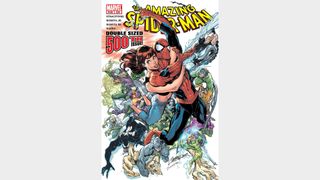
As polarizing as writer J. Michael Straczynski’s long run on Amazing Spider-Man is even now, his impact on the character of Peter Parker and the mythos of Spider-Man can't be denied.
Straczynski's run marked the first renumbering of Amazing Spider-Man, and though it kicked off by reestablishing the core of Peter's world, Straczynski quickly took Spider-Man into uncharted territory, tying his origins to a mystical web of Spider totems.
This concept – a departure for Spider-Man – led to some controversial stories that challenged the long-accepted ideas of who and what Spider-Man is. But Straczynski didn't stop there – he also unmasked Spider-Man as part of Civil War, and even later made Peter's identity secret again as part of 'One More Day' a story in which Mephisto magically erased Peter Parker's marriage to Mary Jane Watson and altered other aspects of Spidey's history.
Aspects of that story have become so baked into Spider-Man's larger mythos, they were adapted to the film Spider-Man: No Way Home.
6. David Michelinie
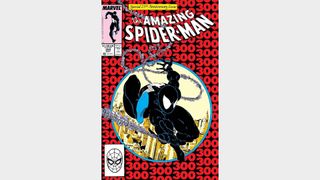
Spider-Man may not be the first Marvel hero that comes to mind when you hear David Michelinie's name, but the venerable writer guided Peter Parker's adventures for seven years in the '80s and '90s – and in that time, he worked with marquee artists like Todd McFarlane, Erik Larsen, and Mark Bagley with their collective work still resonating as some of the best parts of Spidey's mythos to this day.
See, Michelinie co-created both Venom and later his symbiote spin-off Carnage, characters who still play a major role in the Marvel Universe today. Venom, based on Spider-Man's alien black costume introduced by a collection of earlier creators, has become one of Marvel's top characters, even rivaling his one-time enemy Spider-Man for popularity, with his own pair of solo films under his belt.
5. Gerry Conway
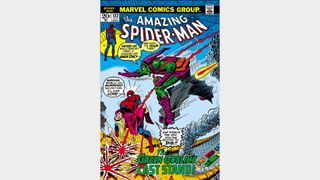
Young Gerry Conway was Stan Lee's successor on Amazing Spider-Man, and with his new voice, he also brought a perspective on Peter Parker from someone closer to Peter’s age.
See, Conway was only around 19 when he got the job writing Spider-Man, and 16 when he broke into comic books at DC – a far cry from Lee who was already in his mid-30s when Spider-Man was created.
Conway's most well-known contribution to Spider-Man lore also happens to be a must-read story: 'The Death of Gwen Stacy.'
In the two-issue tale, the Green Goblin kidnaps and subsequently murders Peter's girlfriend Gwen Stacy despite Peter's efforts to save her.
'The Death of Gwen Stacy' was dark at a time when mainstream comic book stories that dealt with the death of major supporting characters were less common, but handles its subject with the gravitas it deserves.
And let's not forget that that story set the stage for an entirely different era in Spider-Man lore, and that it paved the way for Gwen's resurgence as a hero in her own right as Spider-Gwen.
4. Brian Michael Bendis
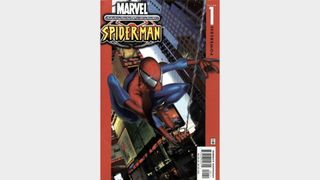
Brian Michael Bendis isn't particularly synonymous with the mainstream Spider-Man (though if you ask us, he wrote some great banter). But over in the Ultimate Universe, Bendis essentially upended the cart and redefined the Wall-Crawler in ways that still resonate in other media.
Bendis's extended run on Ultimate Spider-Man brought dozens of new twists to Peter's world, from subtle things like his relationships with his family and friends and a change from photographer to early blogger to major overhauls for Spidey's villains and mythos. Many of Bendis' ideas and connections have made it into Spider-Man's movies and TV shows as streamlined versions of recognizable tropes.
But maybe Bendis' most major contribution to the Spider-Man mythos overall is the co-creation of Miles Morales, a young hero who took Peter Parker's place as Spider-Man in the Ultimate Universe before making it to the mainstream Marvel Universe as Peter's protégé when the Ultimate Universe ended.
3. Dan Slott
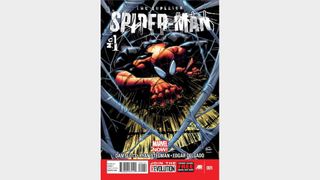
Dan Slott has the second-longest tenure as a Spider-Man writer, having been a co-writer as part of Spidey’s 'Brain Trust' following the 'Brand New Day' relaunch, and a subsequent eight-year solo run as the writer of Amazing Spider-Man.
Slott made his name by going deep into Spidey's mythos and bringing back once-taboo plotlines like the Clone Saga, the Other, and more. He also took Peter Parker out of his usual dire straights, making him the billionaire CEO of Parker Industries (until the ol’ Parker Luck kicked in and he lost it all, that is).
It would be almost impossible to list everything Dan Slott contributed to the Spider-Man mythos, from Horizon Labs to countless villains and supporting characters, to the Spider-Verse, and so on.
But perhaps the most defining moment of Slott's run was Superior Spider-Man, a relaunch in which Peter Parker died and his body was overtaken by the mind of Otto Octavius, AKA his arch-enemy Doctor Octopus, who subsequently lived as Peter and operated as Spider-Man for over a year before Peter came back.
2. Steve Ditko
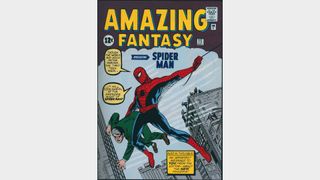
It may seem strange to credit the artist that co-created Spider-Man as one of the character's most important writers as well, given Stan Lee has generally received sole credit for that aspect of their partnership, but Steve Ditko's contributions to the mythos and story of Spider-Man more than qualify him for the distinction.
There's plenty of contention about who did what when it came to Lee and Ditko's Amazing Spider-Man (especially between the late creators themselves), but there's little question that Ditko, working in the Marvel method, plotted or co-plotted dozens of Spider-Man stories, and that he was responsible for introducing many of Spider-Man's most iconic villains.
In fact, towards the end of Lee and Ditko's run, Ditko's assertion that he alone was responsible for plotting many issues of the series and that Lee merely added dialog led to Ditko receiving a "Plot" credit starting with Amazing Spider-Man #25.
Ditko did eventually leave Amazing Spider-Man over the dispute about his contributions to its stories. The last straw reportedly came when Ditko disagreed with Lee about the true identity of Spider-Man's longrunning arch-foe the Green Goblin. Ditko wanted his identity to be a misdirect – with his secret identity being a character new to readers, while Lee believed that revealing Norman Osborn, the father of Peter's best friend Harry, as the villain would create the most drama.
Lee's editorial fiat won out, and the supposed disagreement led Ditko to depart Marvel Comics.
1. Stan Lee
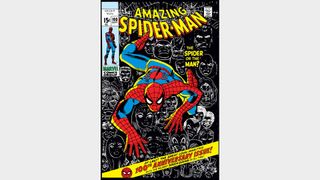
As much question as there is about how Stan Lee's partnership with Steve Ditko in the early days of Amazing Spider-Man actually worked, there are big parts of Spider-Man and Peter Parker that are completely Lee's creation.
From his origin to his teenage secret identity, to his melodramatic romances and personal foibles, Stan Lee defined the kid from Queens we know as Spider-Man.
The first 100 issues of Amazing Spider-Man, all written by Lee with collaborators such as Steve Ditko, John Romita, Sr., and Jim Mooney, are a must-read for any fan of Spider-Man or Marvel Comics in general.
There's no way to list every important arc, wild character, harrowing moment, heroic adventure, or even dumb misstep of Stan Lee's Amazing Spider-Man, but if you're looking for the absolute best of what Lee and his collaborators were capable of with the title, Lee and Ditko's Amazing Spider-Man #33 in which Peter achieves the seemingly impossible through his own strength of will is a perfect example of the title that redefined what character-driven superhero stories could be.
I've been Newsarama's resident Marvel Comics expert and general comic book historian since 2011. I've also been the on-site reporter at most major comic conventions such as Comic-Con International: San Diego, New York Comic Con, and C2E2. Outside of comic journalism, I am the artist of many weird pictures, and the guitarist of many heavy riffs. (They/Them)

